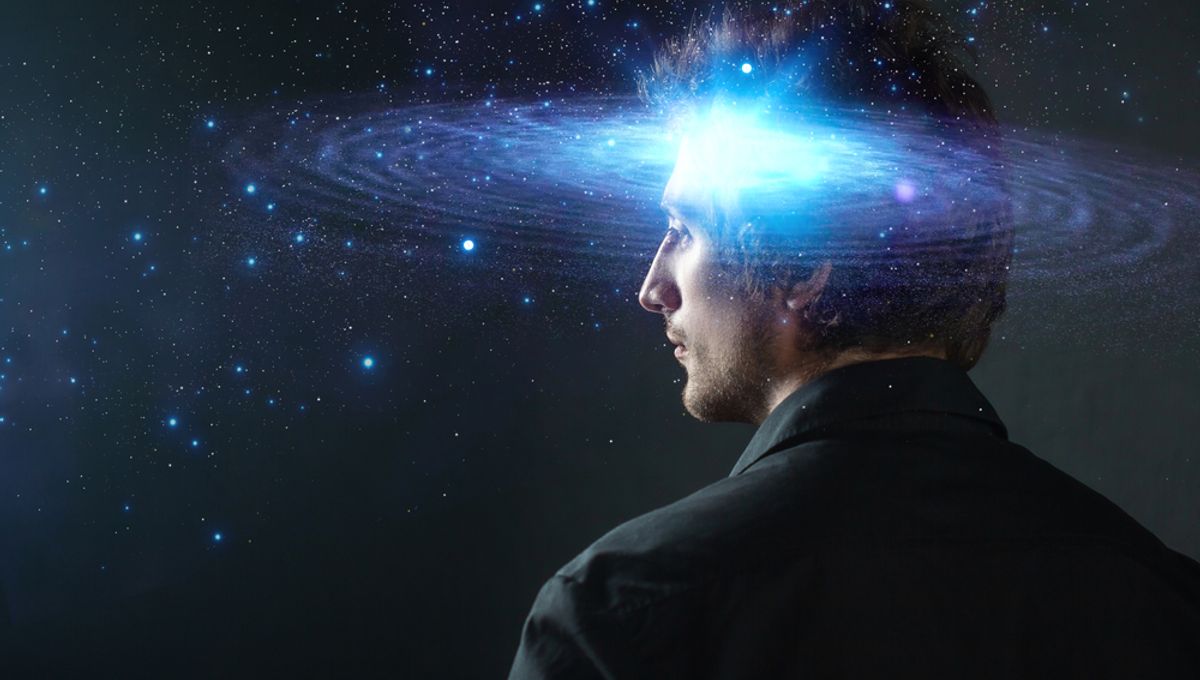
The ego is a difficult concept to define, but can roughly be equated to an awareness of oneself as a distinct entity from the rest of the universe. It’s through this perspective that we all experience life, effortlessly recognizing the boundary at which we end and the outside world begins at all times. Determined to find the seat of the ego within the brain, neuroscientists have identified a series of structures collectively known as the default mode network (DMN) which appears to maintain this self-centered form of cognition.
What Is The Default Mode Network?
Our understanding of brain activity is largely based on the idea of resting-state brain networks, which essentially regulate our consciousness when we aren’t focusing on any particular task. The DMN is one such network, generally directing our attention inward, resulting in a stream of self-oriented thoughts.
In doing so, the DMN helps us maintain a sense of personal identity and construct a self-narrative, which is an important component of the Freudian concept of the ego.
Among the brain regions that make up the DMN is the posterior cingulate cortex (PCC), which is highly active during rest and uses up about 20 percent more metabolic energy than most brain structures. Heavily associated with self-reflection, the PCC is thought to uphold the narrative sense of self.
The medial prefrontal cortex (MPFC), meanwhile, allows us to order our personal memories by assigning each one to a time and place, while also linking these recollections to emotions. Under normal circumstances, the various brain regions of the DMN communicate with each other to prevent cracks from appearing in our ego, yet some pretty wild stuff starts to happen when connectivity within the DMN is turned down.
Dissolving The Ego
The term “ego dissolution” first rose to prominence in the 1950s and 60s as a way of describing the experience induced by psychedelic drugs like LSD and mescaline. Though hard to describe using mere words, the phenomenon manifests as an unfamiliar form of cognition that is completely unbound by the perception of boundaries between one’s internal and external environments, or indeed any notion of the self at all.
More recently, scientists have developed a scale known as that Ego-Dissolution Inventory to identify and measure the experience. The items quantified by the inventory range from feeling “less absorbed with one’s own issues and concerns” to a full-blown sense of being “at one with the universe.”
Interest in ego dissolution has increased in recent years, largely thanks to a wave of psychedelic studies indicating that the experience may be linked to the therapeutic effects of certain substances. As the ego loses its grip on patients’ cognition, pathological modes of thought are replaced by new insights and a re-working of personal identity, sometimes leading to lasting improvements in mental health.
How To Turn Down The Default Mode Network
The DMN contains a high concentration of serotonin 2A receptors, which act as the primary binding sites for most psychedelic drugs in the brain. As these consciousness-expanding molecules attach to these receptors, connectivity within the DMN is disrupted and communication between the various brain regions that make up the network decreases.
As a result, the DMN is said to “disintegrate”, while a simultaneous explosion of connectivity between brain regions that wouldn’t usually interact with one another leads to an “entropic” pattern of brain activity. The DMN, therefore, ceases to function as a discrete network, and the ego has the neurological rug swept from beneath its feet.
For instance, studies have shown that psilocybin – the psychoactive compound in magic mushrooms – causes a decrease in cerebral blood flow to the PCC of up to 20 percent and that this alteration is correlated with the subjective experience of ego loss. Similarly, the ability of LSD to trigger ego dissolution has been linked to reductions in the power of alpha-frequency brainwaves within the PCC.
Other studies involving experienced meditators have revealed that entering a meditative trance while under the influence of psilocybin results in decreased communication between the PCC and mPFC. As these two important nodes of the DMN become decoupled, the ego is once again abolished.
Having said all that, there is some debate as to how much ego is really contained within the DMN, as other brain networks such as the salience network and the frontoparietal control network are likely to play a role in maintaining certain aspects of selfhood.
What’s clear, though, is that messing with the DMN radically weakens the ego, allowing people to take a much-needed break from themselves.
Source Link: When We Turn Down The Default Mode Network, The Ego Dissolves